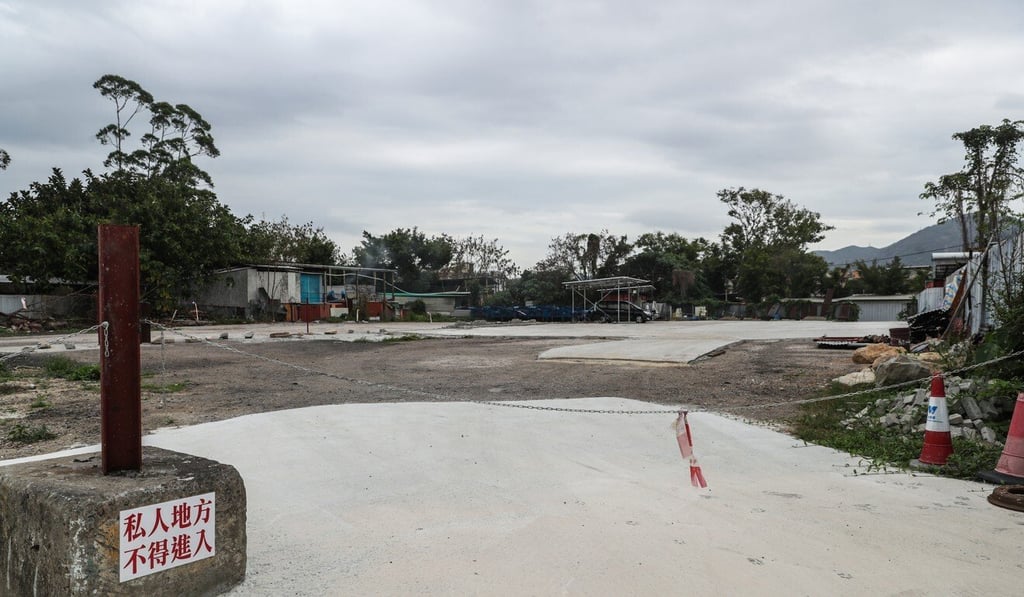Is there more land in Hong Kong for housing than government claims? Yes, says civic group eyeing small-house policy
- Liber Research Community says idle village land held by developers is a waste of resources and not as ‘fragmented’ as authorities say
- Development Bureau counters that village zones are meant for low-density development and their potential is restricted by existing infrastructure

Hundreds of private rural plots zoned as village land in Hong Kong are not as unfit for development as the government has claimed and can be used for public housing, a research group has argued.
Liber Research Community said it also found land in village zones that had remained idle in the hands of private developers for decades, calling this a waste of resources.
In its latest study, the civic group that focuses on land issues scrutinised vacant village plots in the New Territories and concluded that about 149 hectares (368 acres) can be acquired by the authorities to build about 74,500 public flats.

The group comprises several postgraduates in geography and urban planning, and over the years has sparked discussion by exposing abuses of the city’s small-house policy – or ding rights – and other land issues.
Its latest research also relates to that colonial housing policy dating to 1972 which favours adult male indigenous villagers in the New Territories.